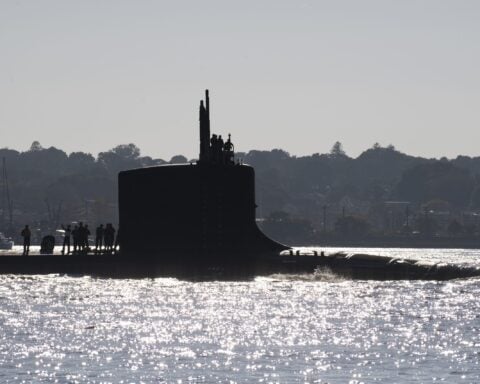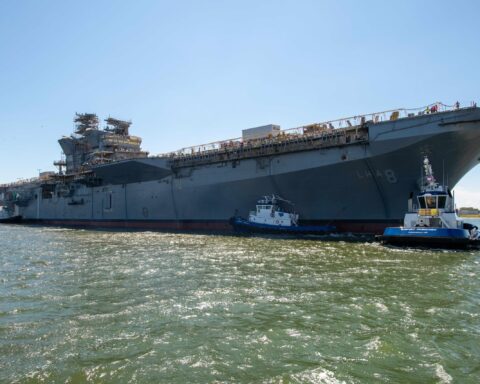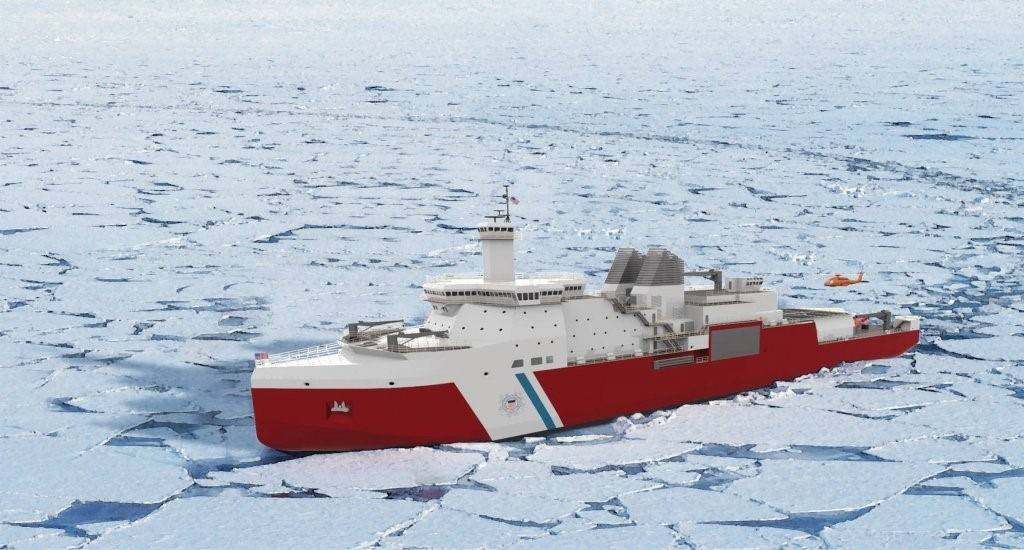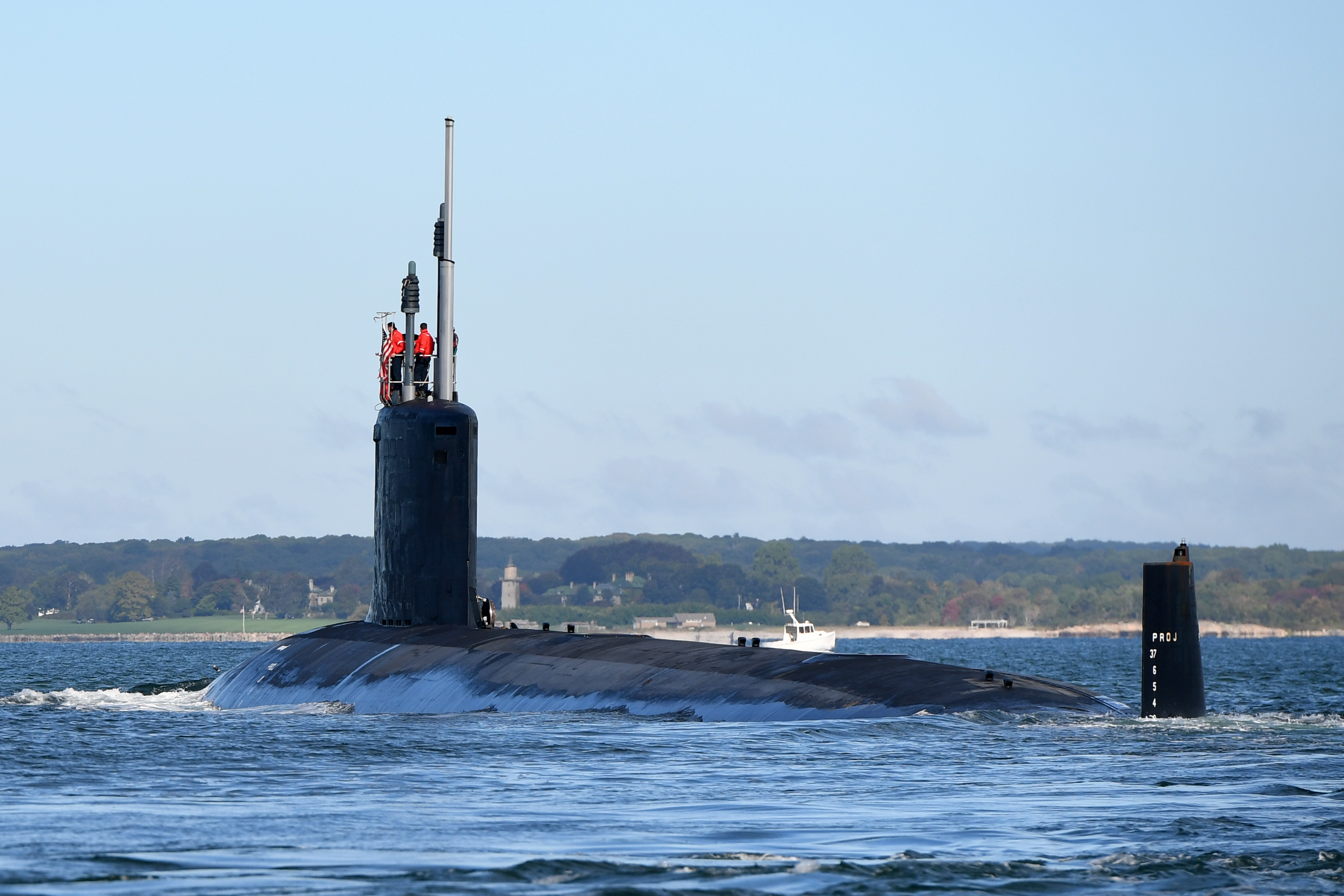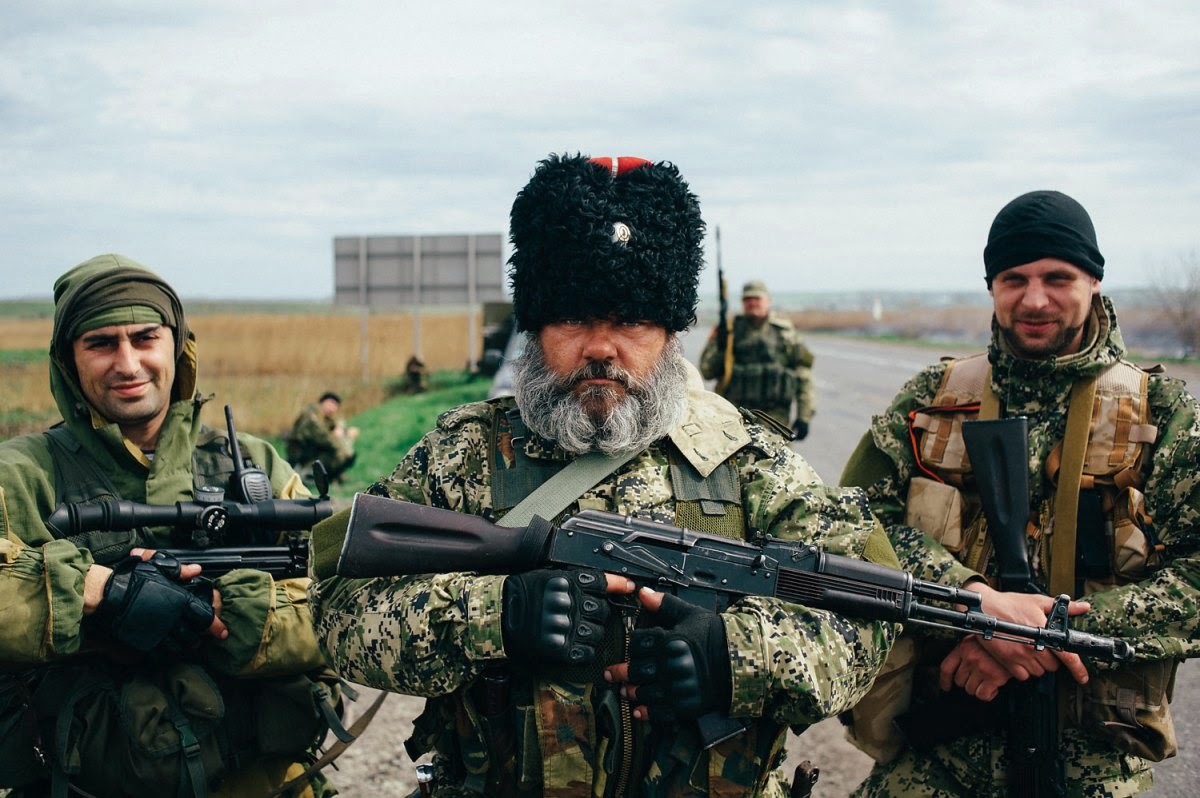
As summer rolls on, Russian-built anti-aircraft missiles continue to down aircraft over eastern Ukraine. While a great deal of ink has been spilled over exactly what kind of missiles are deployed, and who is giving the launch authorizations and actually launching them, one fact is salient: This is an escalation, intentional or not, that elevates the simmering Ukrainian civil war beyond Donetsk.
The downing of Malaysian airliner Flight MH17 is only one of a recent spate of shoot downs in the Ukrainian civil war. Make no mistake, this is a war, and it is not one that will be easily resolved. After Russia’s takeover of Crimea, other like-minded separatists are encouraged to make their own similar breakaways, or at least strive for greater autonomy. Ukraine, an ancient land but a relatively recent country, is beset with troubles that would bedevil even the most sagacious leader—and only time will tell if Ukrainian President Petro Poroshenko is one of them.
The fights on the floor of the Parliament and the resignation of Prime Minister Arseniy Yatsenyuk only underscore the scope of the challenges facing Poroshenko and Ukraine. Put differently, even without a sustained insurgency in the east, Ukraine is struggling to maintain its integrity, and the government appears mired in a quagmire of inability to provide governance.
That only makes it even more difficult for Russian President Vladimir Putin to calculate his next move, although he has shown a canny ability to exploit every opportunity that comes in Russia’s near abroad. It is even more difficult for the United States and our European allies to consider policy responses. In the run-up to the NATO summit in Wales—just six weeks away—all of the leaders are no doubt wrestling with trying to first craft a strategy vis-à-vis a newly assertive and resurgent Russia, and then develop policies that will not be merely reactive, but proactive in sustained strategic engagement with Russia.
Even as NATO leaders seek strategic options and policy implementations, and as Poroshenko struggles to instill some sort of normalcy of governance in Kiev and the rest of the Ukraine, local battlefield commanders are ahead of both Moscow and NATO. Combat has a habit of getting ahead of policy deliberations, especially absent an overarching strategic construct. Among other Cold War legacy problems, one of the most significant for Ukraine is that most of its military forces are oriented toward the western borders, and poorly positioned to operate in the eastern steppes, valleys, and marshes.
Certainly, though, whether operated by Russians or Ukrainian separatists, the missiles over Ukraine have added a new challenge to the armed forces and government of Ukraine. The weapons mark a deployment of both an anti-access (you can’t get to the battlefield) and area-denial (you can’t operate freely in the area of operations) capabilities that reduce Ukraine’s ability to fight a combined air-land battle.
What Ukraine most likely will have to do is first decide to draw the line on enemy forces in eastern Ukraine. If Donetsk and Luhanshk today, what is to say that other regions will not follow? Donetsk is also home to a significant portion of Ukraine’s population and industrial/economic output—Ukraine really has no choice but to go to war over it. It is classic Westphalian politics that must be backed up with force.
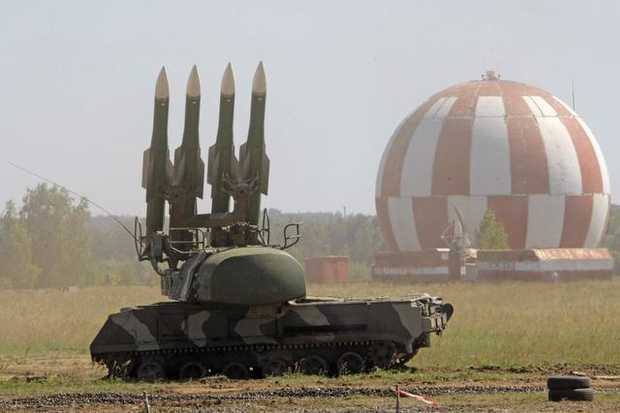
The best way to defeat antiaircraft artillery is with integrated old-fashioned artillery, ground forces and armor. Ukraine will have to reposition and commit forces, and prepare for and sustain a campaign to crush the insurgents, and exert sovereign control over its spaces and borders. At the same time that enables Ukraine to contend with Putin in the “Battle of the Narrative” and prove that it is committed to maintaining control over the restive provinces and populations. At the strategic level, once it controls all Ukrainian ground space, then it will be far easier to prove that any more missiles over Ukraine came from the Russian side of the border.
That doesn’t solve the whole problem, though, as Ukraine is still in massive energy debt to Russia, and Russia could easily refuse to send energy when winter comes. Thus, for the United States and our allies, we have to prepare more for economic, energy, and diplomatic actions, rather than military ones, to aid Ukraine. Paying the debt to Russia grants the Russians a victory, although it could prove to be a Pyrrhic one. At the same time, Ukraine is very poorly postured to be able to receive emergency energy imports from the sea or any other venue, and Ukrainian winters are nothing to be laughed at. It will require a very large infrastructure campaign to build the capability to get energy imports into Ukraine from any source other than Russia—and Putin knows that all too well.
The wild card, then, will be trans-shipments of energy to and via Ukraine when the first snow falls. With the Baltic pipeline (and others in development) Russia has built, and continues to build, a strategic hedge that will allow it to deploy the energy weapon to decouple European policymakers from the regional situation in Ukraine and its restive eastern borderlands. If Ukraine freezes and starves this winter (Joseph Stalin employed precisely that construct in the 1930s holodomor) while the rest of Europe sits warm and cozy, then Russia will have won a war without firing (too many) shots. A century after the start of the Great War, at least one European power seems to have learned the lessons of August 1914.
Whether Putin and Russia actually intended for the missiles to be employed against Ukrainian air forces or transcontinental civilian flights is important, but what is really important is how the Unites States and Europe decide to handle this challenge to European security and stability. As the late Margaret Thatcher famously said, this isn’t the time to “go wobbly.” Let’s hope we find our current Thatcher, Helmut Kohl and Ronald Reagan in Wales; if not, the missiles will continue to fly, civilians and soldiers will continue to die, and Europe, along with the Unites States, is in for a long winter of discontent—which will last long after the snow melts next spring.


